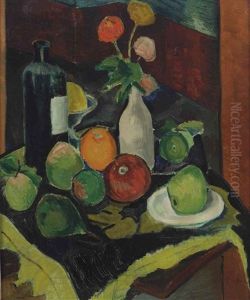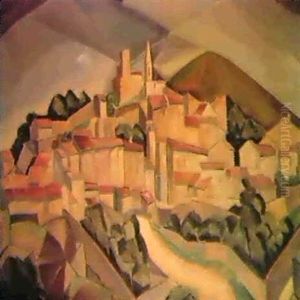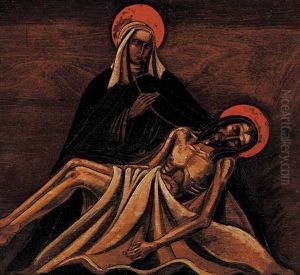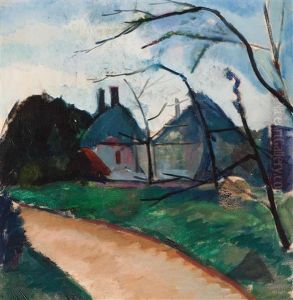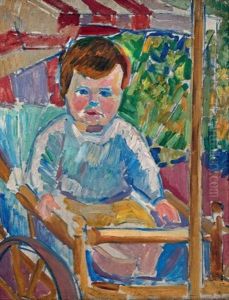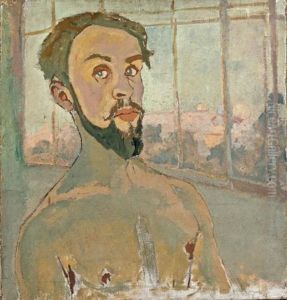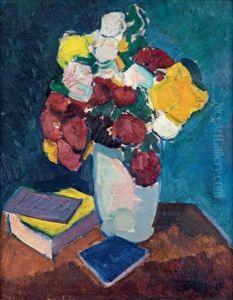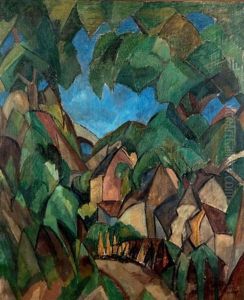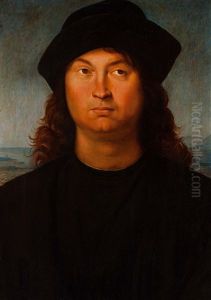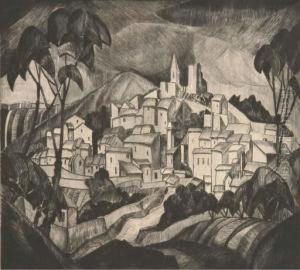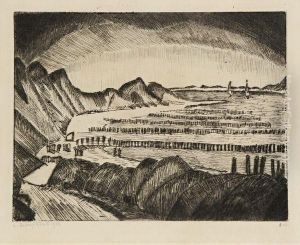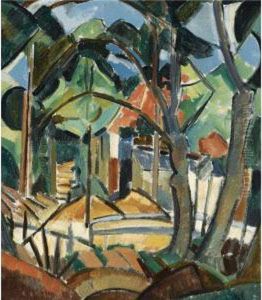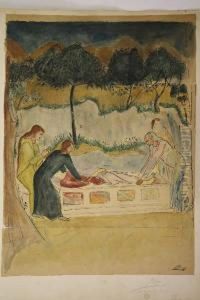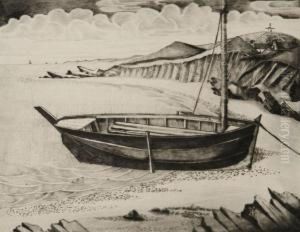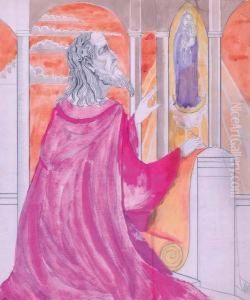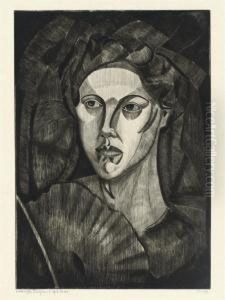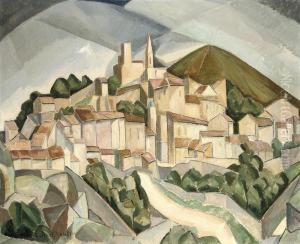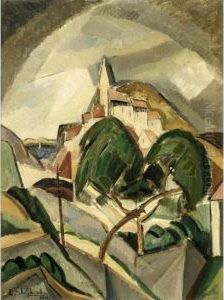Lodewijk Schelfhout Paintings
Lodewijk Schelfhout was a Dutch artist, born on February 23, 1881, in Amsterdam, The Netherlands. He was the grandson of the famous painter Andreas Schelfhout, who was a prominent figure in the Romantic period of Dutch painting. Despite this artistic lineage, Lodewijk developed a unique style that was quite distinct from his grandfather's traditional landscapes.
Schelfhout began his artistic career under the tutelage of his father, who was also a painter. However, it was his move to Paris in 1904 that marked the beginning of his professional development. There, he immersed himself in the avant-garde circles, interacting with influential artists and embracing the modernist movements that were reshaping the art world at the time.
In Paris, he was particularly influenced by Cubism and became one of the first Dutch artists to experiment with this new, abstract form of expression. Schelfhout's work from this period reflects a synthesis of Cubist structural analysis and a more personal, mystical interpretation of nature. His paintings often featured a combination of geometric forms and a restrained palette, which became a hallmark of his style.
During World War I, Schelfhout was forced to return to the Netherlands, where he continued to develop his art, although he never gained the same level of recognition as he had in the Parisian avant-garde community. Throughout the 1920s and 1930s, he remained a significant figure in Dutch modernism, pushing the boundaries of traditional painting and incorporating graphic elements into his work.
Lodewijk Schelfhout's contribution to Dutch modern art was substantial, yet his work was somewhat overshadowed by the more dominant figures of the time. He died in The Hague on April 3, 1943. Despite the relative obscurity he faced during his lifetime, Schelfhout's legacy as a pioneer of modern art in the Netherlands has been reassessed and celebrated in more recent years.
